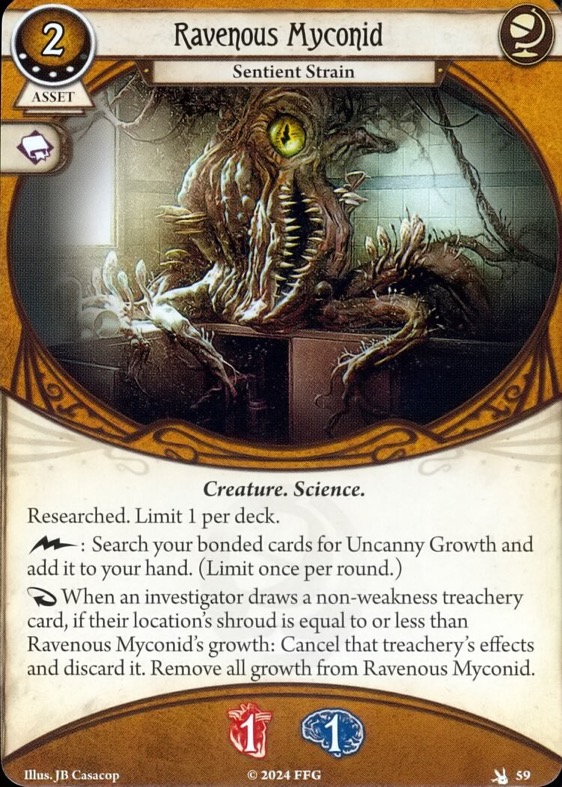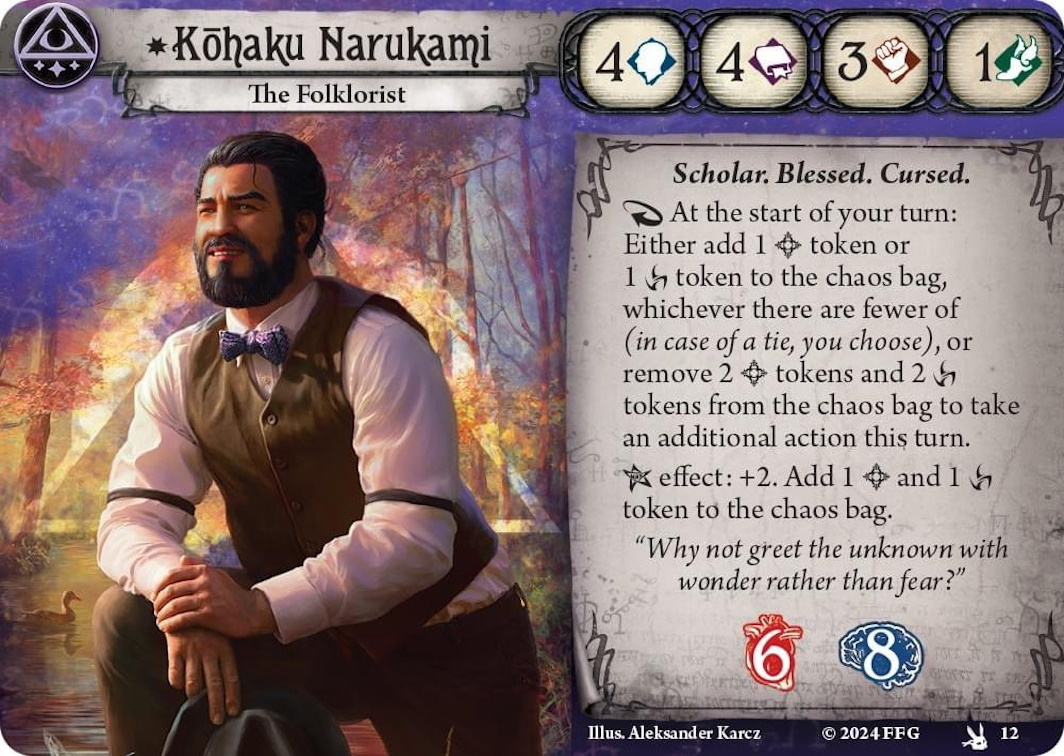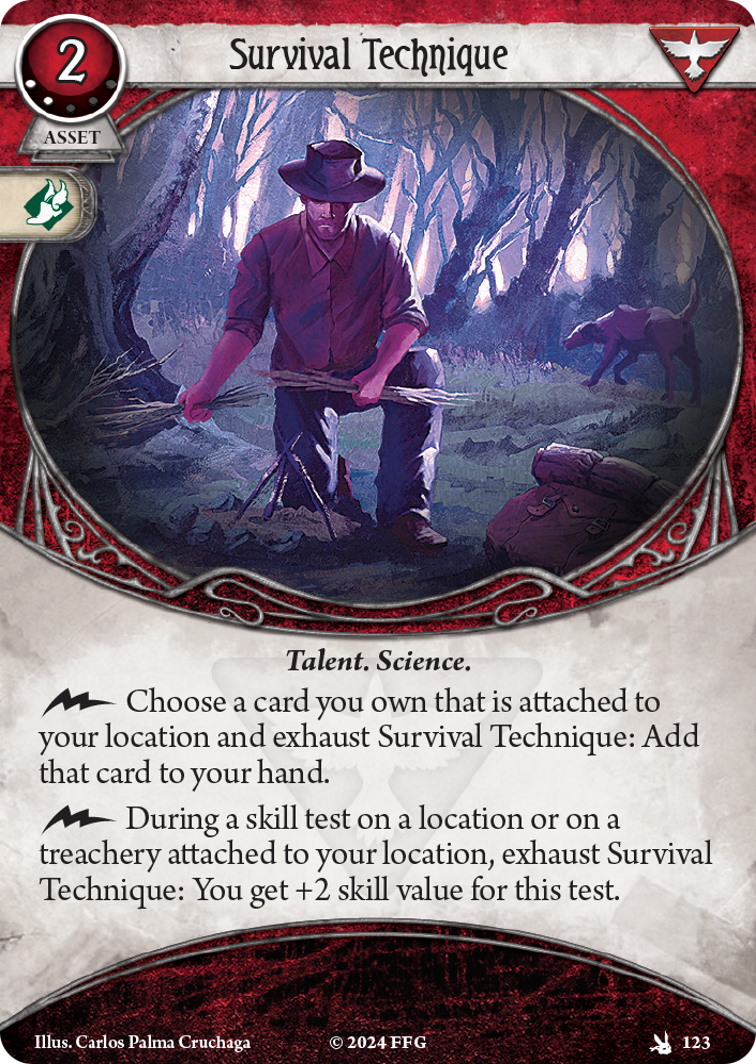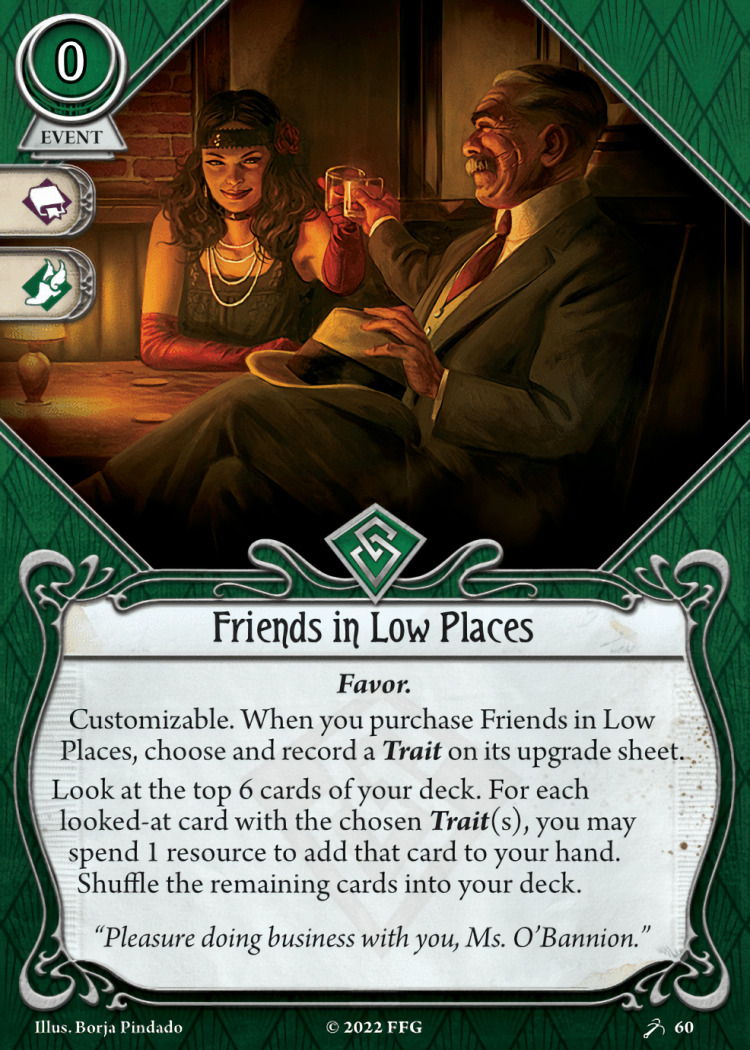
When i first saw these Myconids (This one and the one for threacheries) i immediately voiced my concern, but was bashed a bit and told how limit 1 per deck is enough of a restriction to not make it too powerful. Well, having played 2 full campaigns now with them, i officially declare them BANNED at my table. Don't think it was banned by me alone, but my whole group unanimously agreed that we haven't seen anything so broken as these 2 motherfuc*ers ever since my friend abused the crap out of The Necronomicon, so we kiiinda semi-banned it. But that semi-ban of the book was simple, we all agreed not to abuse it like crazy and if we play it fair and square you are allowed to put it in your deck. It is a co-op game, so it is not a big issue as we are all friends and like to have fun, which is the most important thing in this game. Fun!
Now these 2...oh boy, where to start? I cannot even complain about them that much because we all just vented out in person, so i will just say a couple of things. They are so insanely broken that i cannot wrap my head around how the fck they got out of print like this, but the same brain thought that this for 4xp is fair but a card like Miracle Wish which is just a bit improved Lucky! in Guardians costs 5xp, and you have to wait to see some blesses before you play it LMAO, and don't get me started on Flurry of Blows! You see, when this bad boy hits the table, you just play the normal game as a seeker. You for free trigger get the event to investigate, and as you already have ATLEAST 4 or 5 int as a base stat, you will probably have something to commit or have other boosts like Dr. Milan Christopher or Magnifying Glass or some skills, so you will get this creature powered up almost every turn. So if you pick the one for threacheries, you just move with Shortcut or Pathfinder or any other move effect that you have in your deck, and make yourself safe. If you don't have them, you just spend 1 action to move, you know, the action which you have to use anyway if you wanna get to the next location and progress the game? Or if you are not so sure about the shroud, just move back once if you wanna feel secure, or stick at your location as you already know the shroud so you make sure you succeed for the right amount. And what does it give you? Well, not so strong effect if we ask the designers. You just get a free Ward of Protection or the insane enemy deleter that guardians can only dream of. The whole community is bitching about seekers not being fair and how their enemy removal is even stronger than what guardians have, and the designers answered our calls and made sure that now they don't even need to spend the ONLY thing they had to do, which is use an action for it!! You don't even spend an action to fight anymore, you just investigate and when an enemy shows you eat it. No test, nothing. What the actual fck?
Imagine if guardians had a card which takes up no slots, okay make it limit 1 per deck (which would nerf them because they are not even close to the drawing power of seekers) and make it cost 4xp. The card says = Whenever you defeat an enemy, place X growth on this card. Free trigger = spend X growth, discover that many clues". What idiot would not play that card? It would be the most broken shit in the game, but then you still have to wait for enemies to show up so you can use it so it means it is STILL WORSE than this card, because with this thing you progress the game as usual and then when an enemy shows up, then you react to it. What.The.Fck? This is just straight up ban, if you don't believe me, play an optimized seeker and see for yourself. Both versions are completely banned at my table, period. We will only use the third one which seems like an actually playable and strong card, without this all seeker bias.




